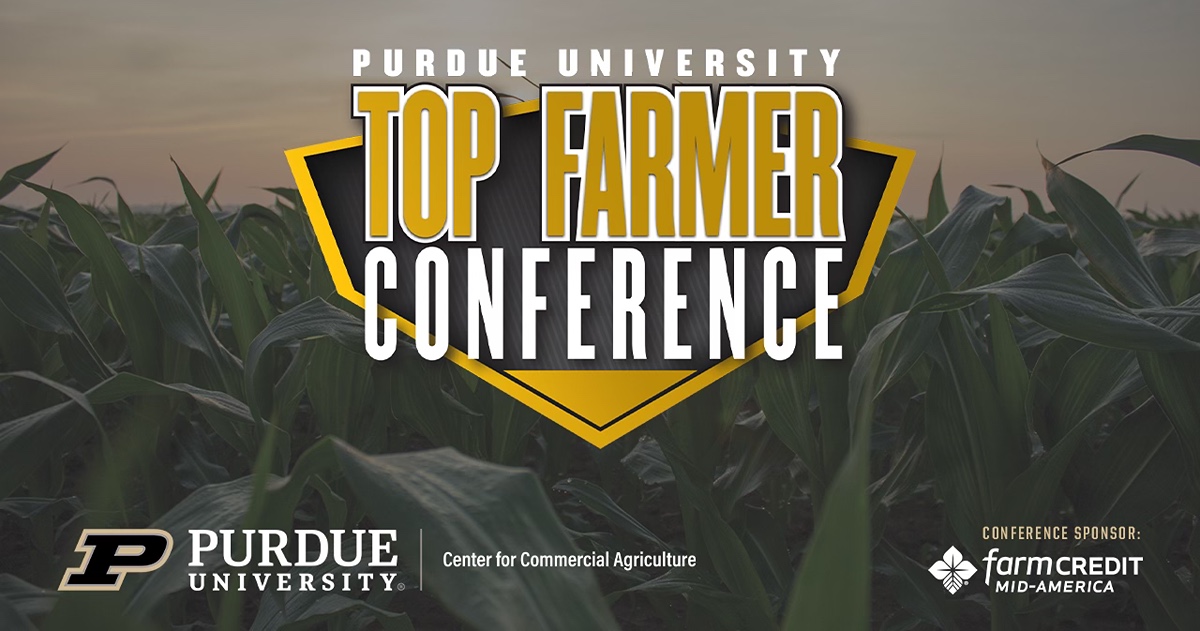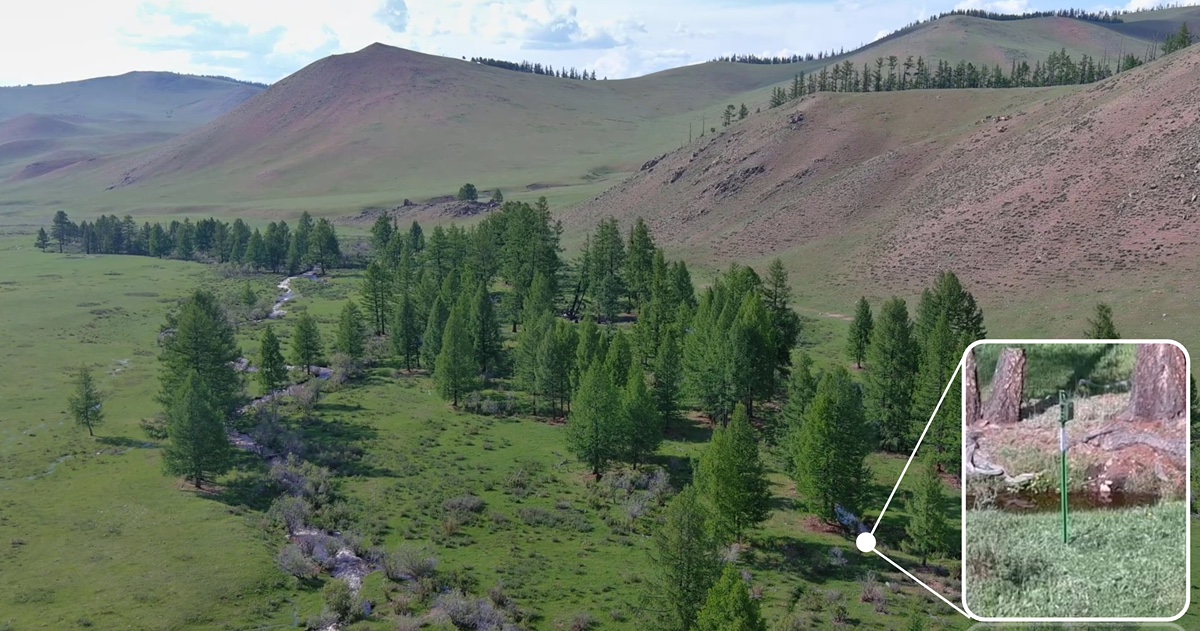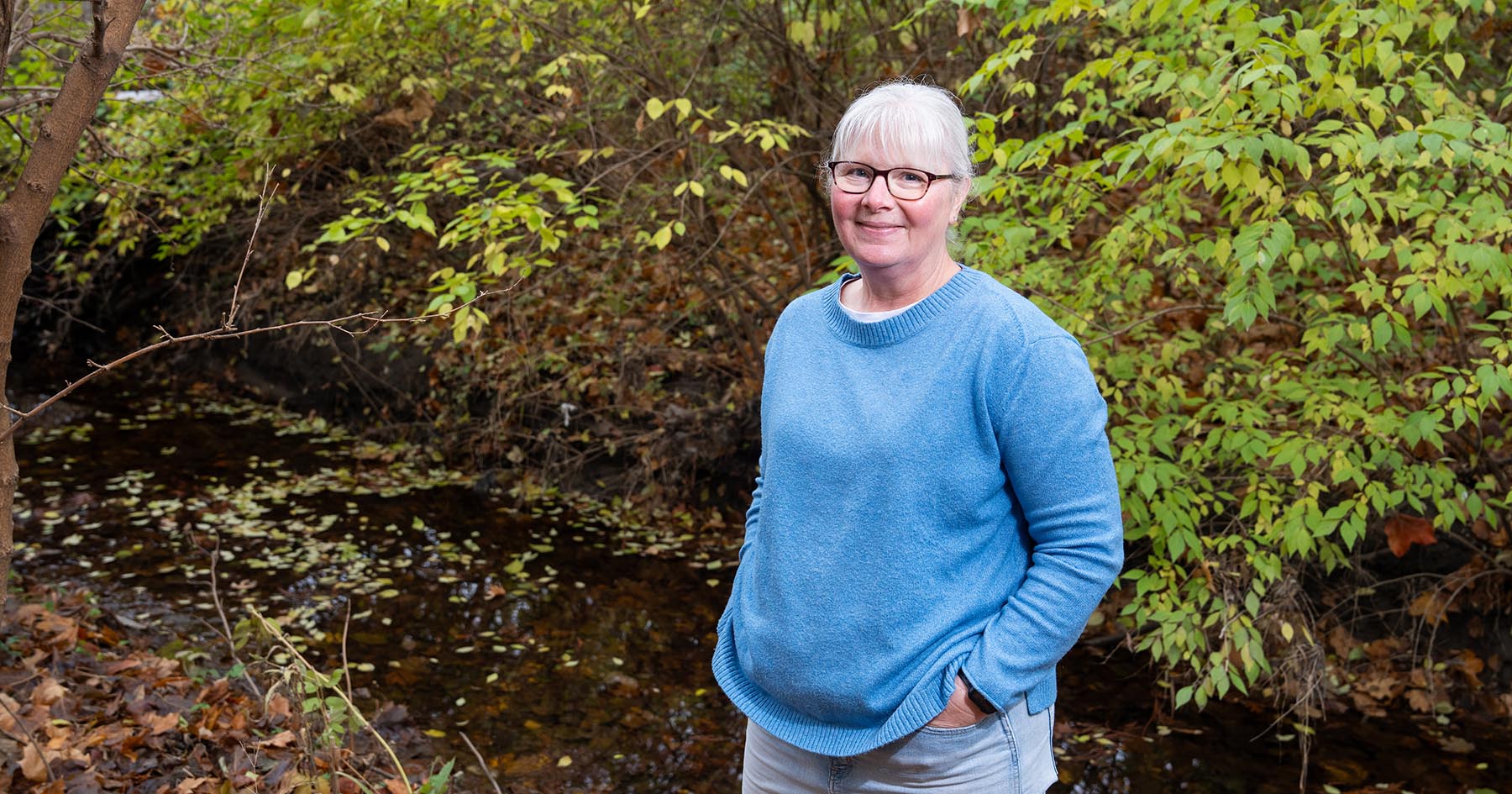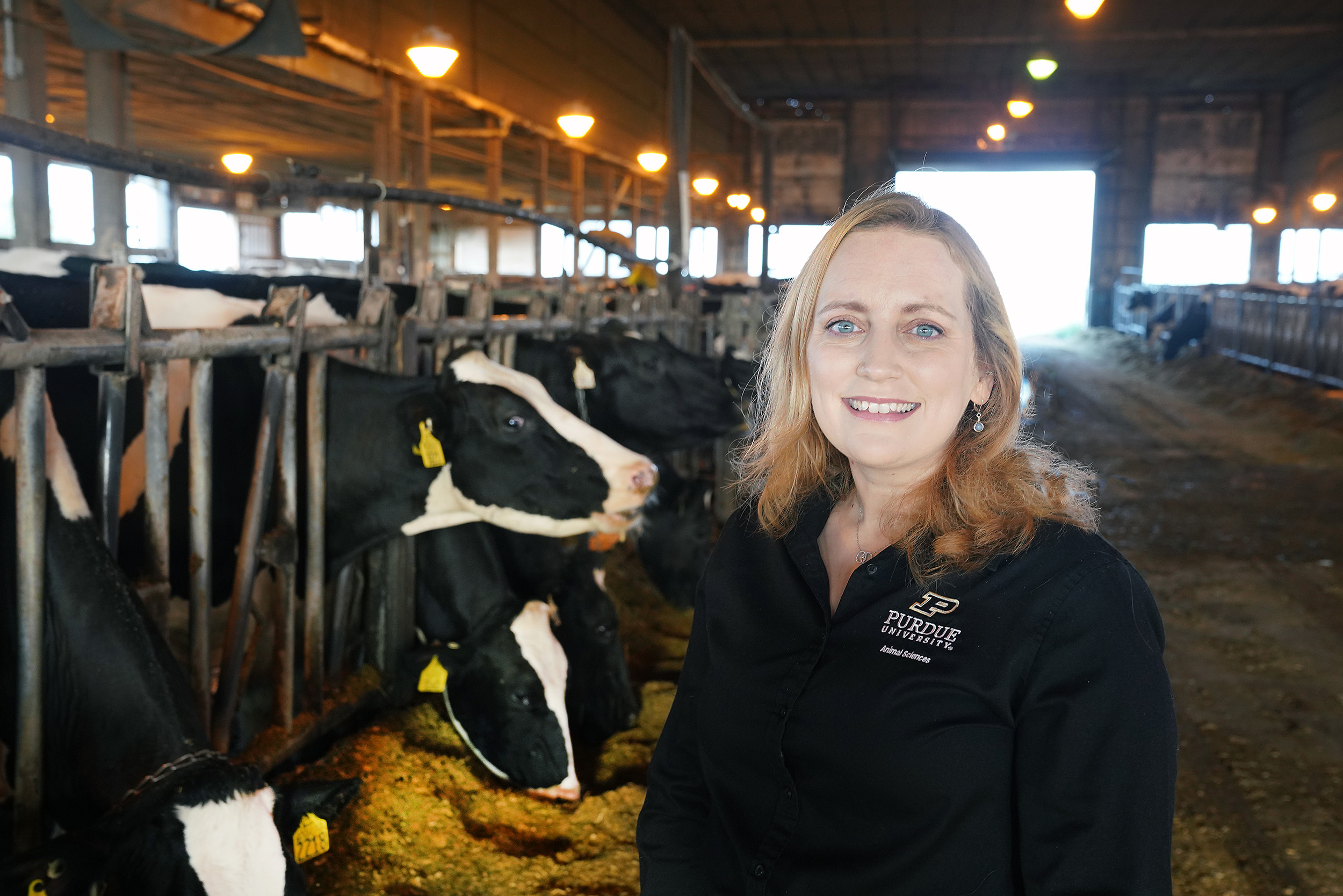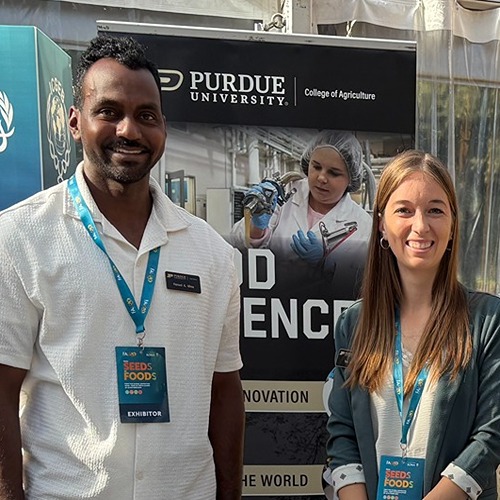Student’s research introduces others to advanced fluid power concepts
“I was the kid who opened things up and looked inside,” said Hassan Assaf, recalling his childhood in Beirut, Lebanon. His curiosity later evolved into an interest in designing new products.
Assaf enrolled at the Polytechnic University of Turin in Italy where he earned a bachelor’s degree in mechanical engineering and a master’s degree in mechatronic engineering.
While working on his master’s thesis in 2018, Assaf traveled to Purdue as a visiting scholar under the guidance of Andrea Vacca, professor of agricultural and biological engineering (ABE) and mechanical engineering. Vacca leads Purdue’s Maha Fluid Power Research Center, which is the largest academic hydraulics lab in the United States.
Assaf’s interest in fluid power technology and access to such resources influenced his return to Purdue for doctoral study in 2019. “I got to know the lab and could do my own research on different problems and challenges,” said Assaf.
In the first two years of his program, Assaf designed novel hydraulic trainers that integrate advanced electro-hydraulic components, data acquisition systems and visual aids. The trainers are now used at the Fluid Power and Motion Control Lab of Purdue’s new ABE building. There, they expose students to advanced fluid power concepts through hands-on experiences.
Assaf also helped address increased demand for online education by developing a virtual reality application to replicate the physical trainers for remote lab experiences.
Assaf is currently designing an electrohydraulic battery-powered system to replace the internal combustion engine in a hydraulic system. The work is part of a broader effort to address global warming by reducing CO2 emissions. “I can design the electric motor and cylinders for an integrated system,” he explained. “The goal is to fabricate a working prototype.”
After completing his Ph.D. Assaf plans to work in industry, at least for a few years. “I want to know how the industry works,” he explained. “Then maybe go back home and join academia.”
